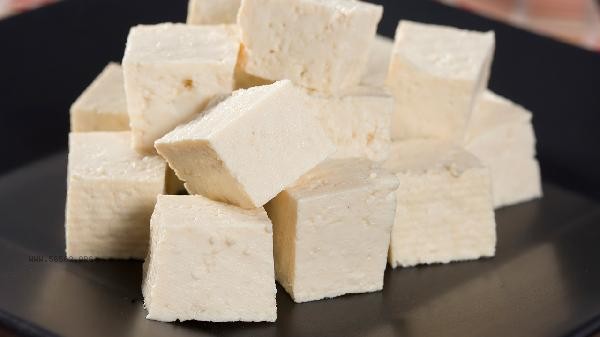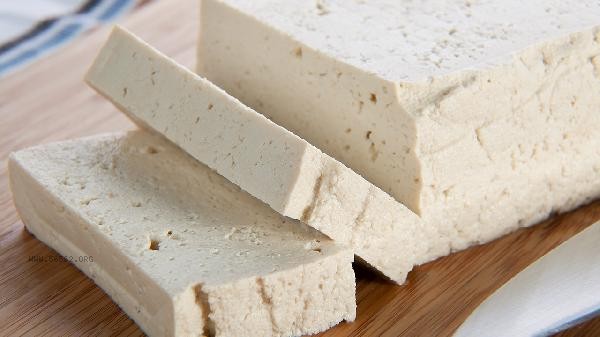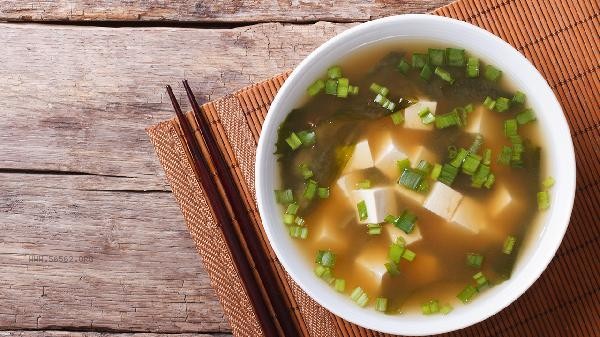Before blanching tofu, cut it into pieces. Bring the water to a boil and add a small amount of salt to the pot. Cook over medium heat for 1-2 minutes, then remove and let cool. Blanching can remove the bean odor, shape and enhance the taste, and is suitable for pre-treatment before stewing or frying.

When blanching, cut the tofu into a suitable size. After the water boils, turn to medium heat to maintain a slight boiling state, avoiding severe rolling that may cause the tofu to break. Adding a little salt to water can help solidify protein and make tofu firmer. The blanching time for tender tofu should be controlled within 1 minute, while for old tofu it can be extended to 2 minutes. After removing it, immediately put it in cold water or ice water to cool it down, which can prevent the remaining temperature from making the tofu too soft. The standard for determining the degree of blanching is that the surface of tofu appears slightly white, while the interior remains tender and smooth.

Under special circumstances, such as making Mapo tofu and other dishes that need to maintain a tender and smooth taste, the boiling step can be omitted to cook directly. The silk tofu used in some Japanese cuisine is extremely tender in texture, and blanching it can cause damage to its shape. It is usually soaked in warm water to remove the fishy smell. Fermented tofu, such as Stinky tofu, has undergone special processing, and boiling water will weaken the flavor characteristics. For ready to eat packaged lactone tofu, sterilization treatment has been completed before packaging and there is no need for additional blanching. After blanching, tofu is more suitable for cooking methods that require shaping such as braising and frying, but raw tofu can be used directly for cold dishes or soup making. The texture of different varieties of tofu has significant differences in blanching requirements, and it is recommended to adjust flexibly according to the recipe. Unused blanched tofu stored in daily storage should be sealed and refrigerated, and consumed within 24 hours to avoid microbial growth. When paired with vegetables with high oxalic acid content such as spinach, blanching can reduce the formation of calcium oxalate and improve nutrient absorption.









Comments (0)
Leave a Comment
No comments yet
Be the first to share your thoughts!